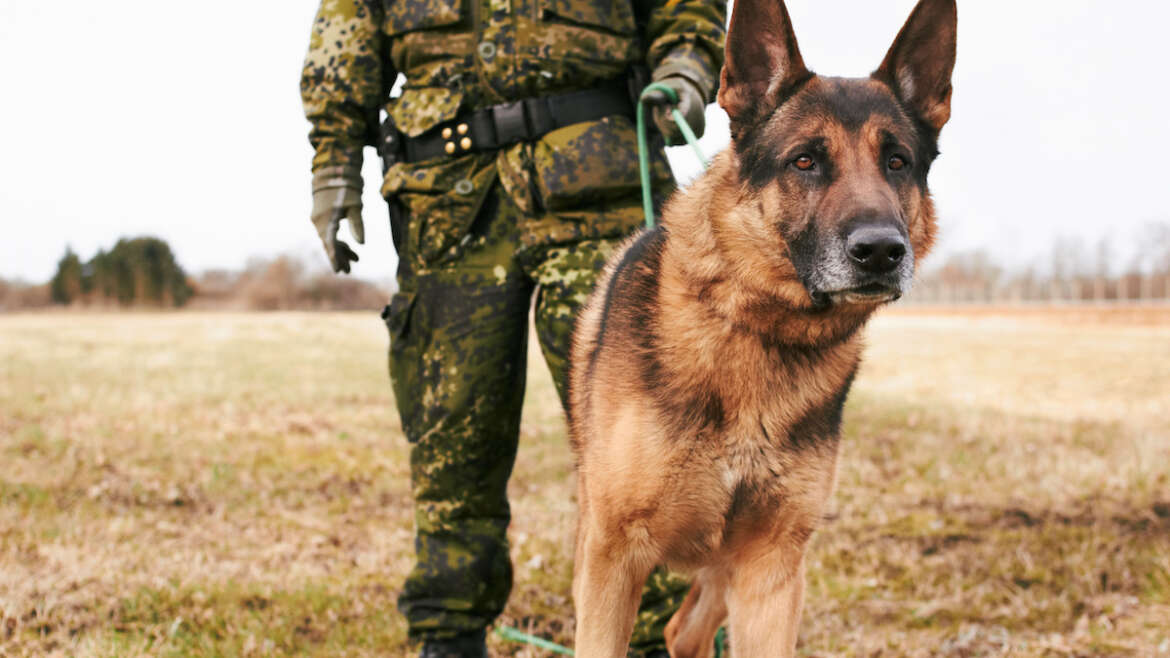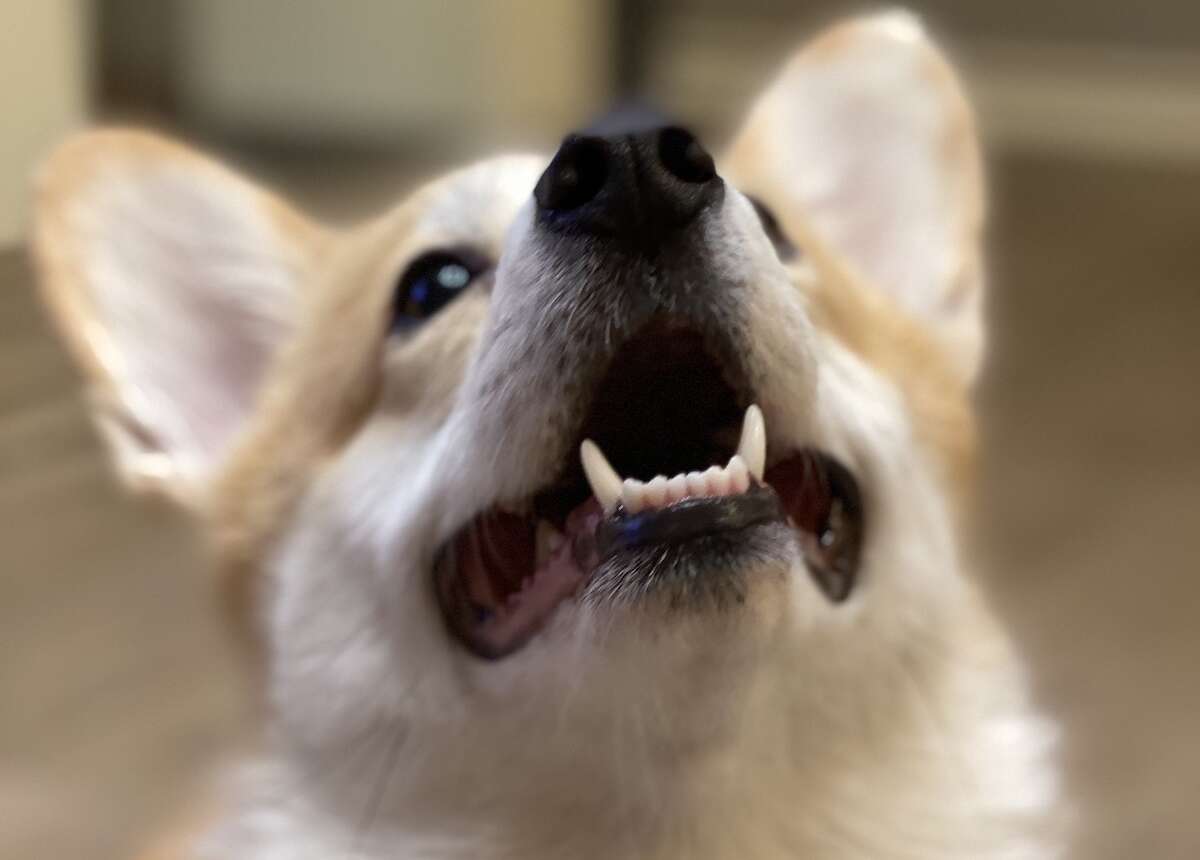Is your dog a couch potato or the shadow that keeps you company while you’re out on the farm? While dogs are domesticated animals, many breeds crave having a job to do and have a deep history of working to protect our country. In fact, K9s, or military working dogs, have been used by military forces for various purposes for over a century. These dogs are trained to perform a wide range of tasks including detection of explosives, drugs, and other hazardous materials, as well as tracking, searching, and attacking enemy targets. The history of K9s in the military dates back to World War I, where they were first used for messenger and guard duties.
During World War II, K9s were used extensively by both Allied and Axis forces for a variety of purposes. They were trained to detect mines and other explosive devices, as well as to search for enemy soldiers in battlefields. In addition, K9s were also used to track enemy movements and locate wounded soldiers, making them an invaluable asset to the war effort.
In recent decades, the role of K9s in the military has expanded significantly. In the Vietnam War, K9s were used to search for enemy tunnels, as well as to detect booby traps and other hazardous materials. In the Gulf War and the Iraq War, K9s were used to search for weapons of mass destruction, as well as to detect improvised explosive devices (IEDs) and other hazards.
The following are branches in the United States military that currently commonly utilize the strength and intelligence of K9s:
- Explosives detection: As the name implies, these canines are trained to detect explosives hidden on a vehicle, area, or person.
- Narcotics detection: This position has the same kinds of duties as EDs, but with drugs instead of explosives.
- Sentry: The dog is entrusted with warning handlers to unknown presences, guarding gear, equipment and other supplies.
- Casualty: Dogs trained as casualty dogs take part in search and rescue operations, using their skills to find and report casualties discovered in challenging terrain.
- Scout or patrol: These canines are taught to work stealthily, discovering enemy forces, such as snipers or ambushes lying-in-wait.
The use of K9s in the military has proven to be highly effective, with a much higher success rate in detecting hazardous materials and enemy targets than their human counterparts. In addition, K9s are also highly versatile, as they can be trained to perform a wide range of tasks, from detecting explosives to searching for missing persons.
The military places a high value on the role of K9s in their operations, and they are considered to be an essential part of the military team. In recognition of their service, K9s are often awarded medals and other honors, and they are given the same respect and care as human soldiers.
National K9 Veterans Day is March 13th. On this day, pay a remembrance to the K9s who have been an integral part of military operations for over a century (and whose role has only grown in importance in recent decades). These highly trained and versatile dogs continue to play a crucial role in ensuring the safety of military personnel and the success of military missions. We salute you!



